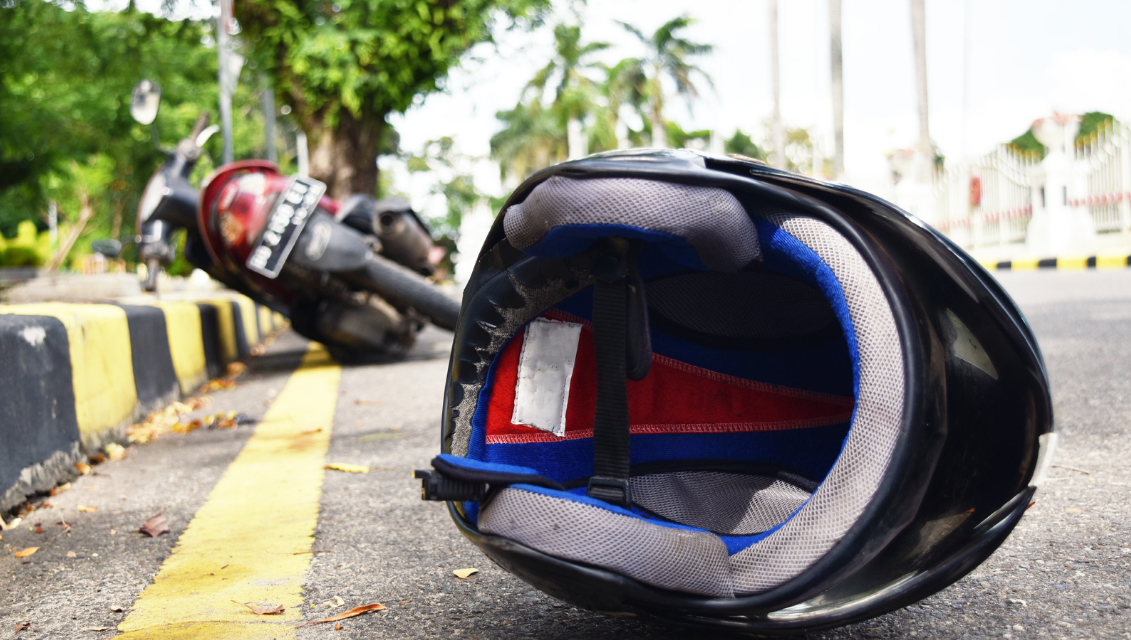Importance of Bicycle Accident Insurance
Cyclists are vulnerable road users who face possible risks such as irresponsible drivers, dangerous road conditions, and technical problems. Unlike automobile drivers, bikers lack protective cages, rendering them more vulnerable to serious injury in the event of an accident. Bike accident insurance covers medical bills, bike repairs, and third-party liability, giving riders peace of mind.
Types of Bicycle Accident Insurance
1. Personal Accident Insurance
Provides compensation for temporary and permanent disability.
Provides financial assistance for income loss due to injuries.
2. Third Party Liability Insurance
Protects against possible litigation resulting from third-party claims.
3. Comprehensive Bike Insurance
Includes protection against accidents, natural catastrophes, and vandalism.
Some plans provide roadside assistance for emergency repairs.
4. Health and life insurance that includes cycling coverage
Life insurance coverage may provide payouts in the event of tragic bike accidents.
Coverage and Benefits
1. Medical Expense Coverage
Some plans provide coverage for mental health treatment after serious accidents.
2. Bicycle Damage Coverage
Includes coverage for accessories including helmets, lights, and GPS units.
3. Loss of Income Compensation
Temporary or permanent disability payments may be provided.
4. Theft and Vandalism Protection
Certain policies demand confirmation of safe storage or anti-theft procedures.
5. Third-Party Liability Protection
Includes legal fees in the event of a lawsuit.
6. Emergency Assistance Services
Coverage for renting a temporary replacement bike may be provided.
Factors to Consider When Purchasing Bike Accident Insurance
1. Coverage Limitations and Exclusions
Some insurance may exclude coverage for racing, extreme activities, or riding under the influence.
2. Premium Costs and Deductibles
High deductibles may reduce premiums, but they raise out-of-pocket spending during claims.
3. Claim Processing and Documentation
Policies that require extensive paperwork may cause settlements to be delayed.
4. Insurer's Reputation and Customer Support
Efficient customer assistance guarantees that concerns and claims are resolved quickly.
5. Additional Benefits and Customization
Customizing policy to fit individual riding patterns might be advantageous.
How to File a Bicycle Accident Insurance Claim
Report the incident.
Notify your insurance carrier as soon as possible.
File a police report whenever necessary, particularly in theft or third-party culpability instances.
Collect Evidence
Take photos of the accident site, injuries, and bike damage.
Collect witness testimony and other supporting materials.
Submit the necessary documents.
Please include medical bills, repair estimates, and police records if relevant.
Complete the claim form correctly and submit it on time.
Follow up with the insurer.
Regularly monitor the status of the claim.
Please cooperate with any investigations or extra document demands.
Receive compensation.
Once authorized, the insurer disburses the compensation in accordance with the policy provisions.
Check the payment information to check they are valid.
Common Myths About Bike Accident Insurance
Several myths and misunderstandings abound about bike accident insurance. Some of the more frequent ones are:
"Health insurance is enough for bike accidents." Health insurance may cover medical expenditures, but it does not cover bike maintenance, third-party responsibility, or theft protection.
"Bike insurance is only for expensive bikes." Any biker, regardless of bike worth, benefits from accident and liability insurance.
"Claims are too complicated and time-consuming." With correct paperwork and insurance selection, the claim procedure may be simple.
"Only professional cyclists need insurance." Accidents and theft affect both everyday commuting and leisure bikers.
Conclusion
Bike accident insurance is an important safety for riders since it provides financial security in the event of an unforeseen disaster. With a variety of plans available, it is critical to analyze individual requirements and choose appropriate coverage. Understanding insurance information, claim processes, and insurer reputation gives the best protection. Whether commuting, racing, or riding for pleasure, bike accident insurance provides peace of mind and allows bikers to ride with confidence knowing they are well-protected.

